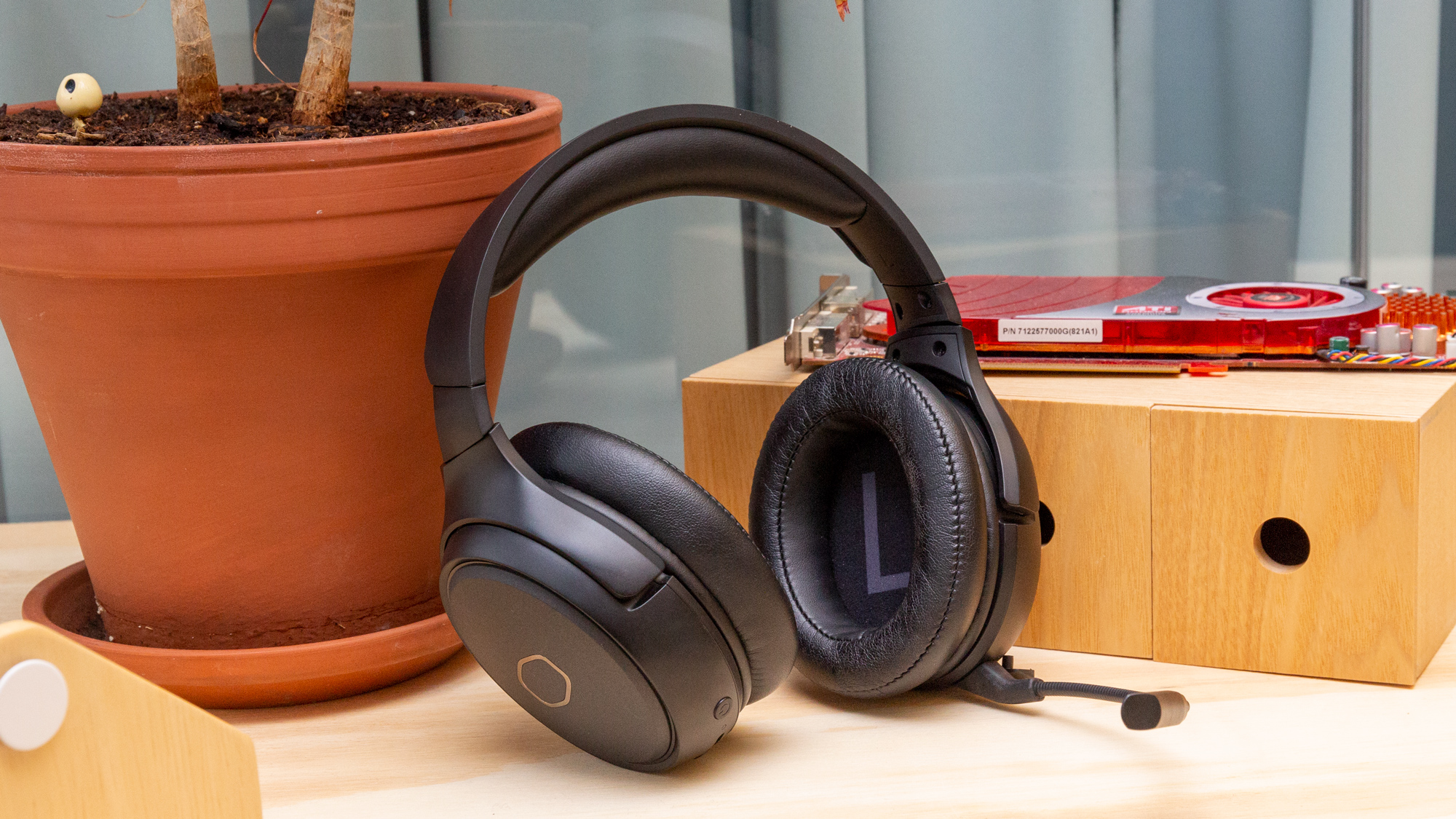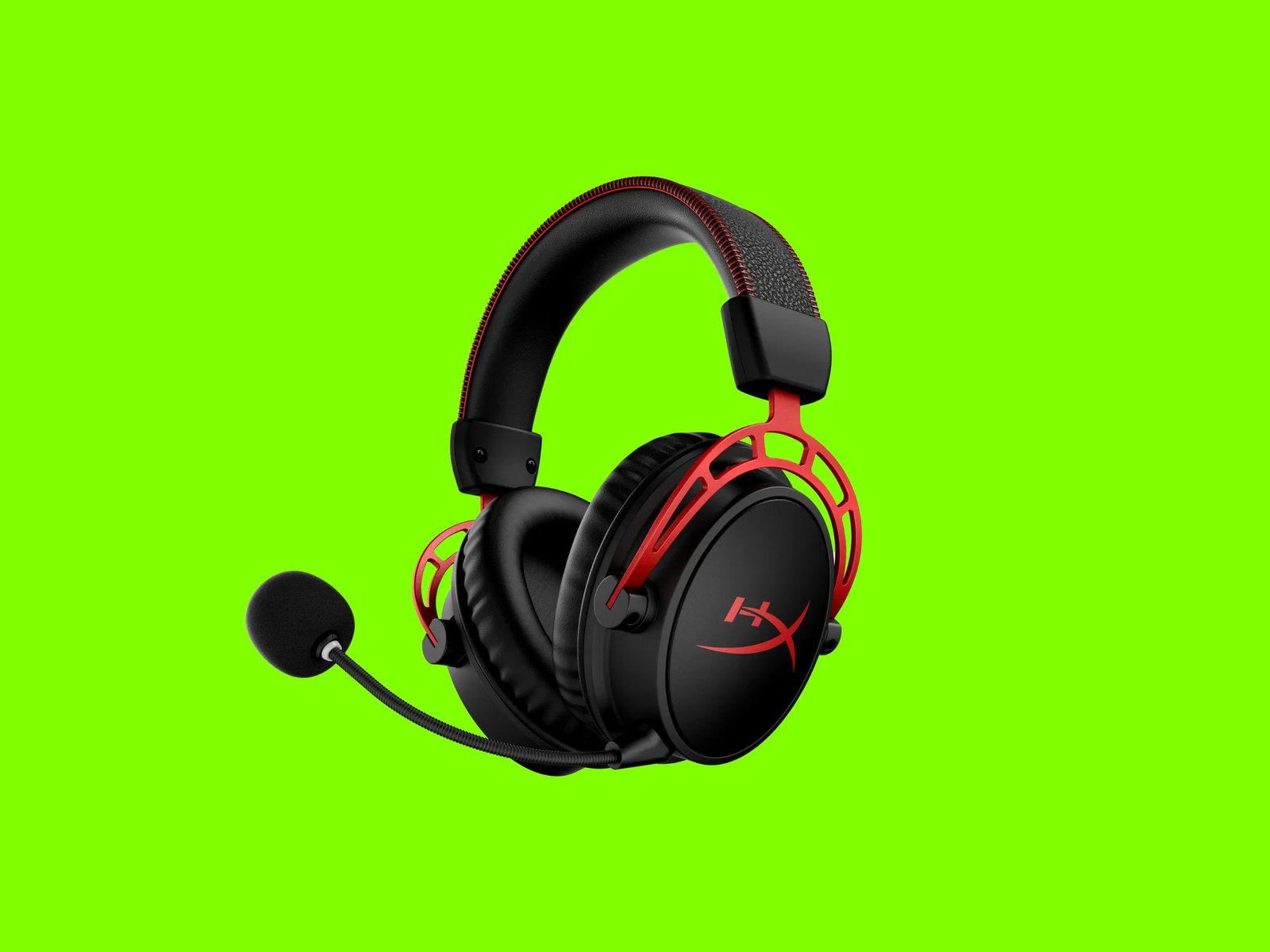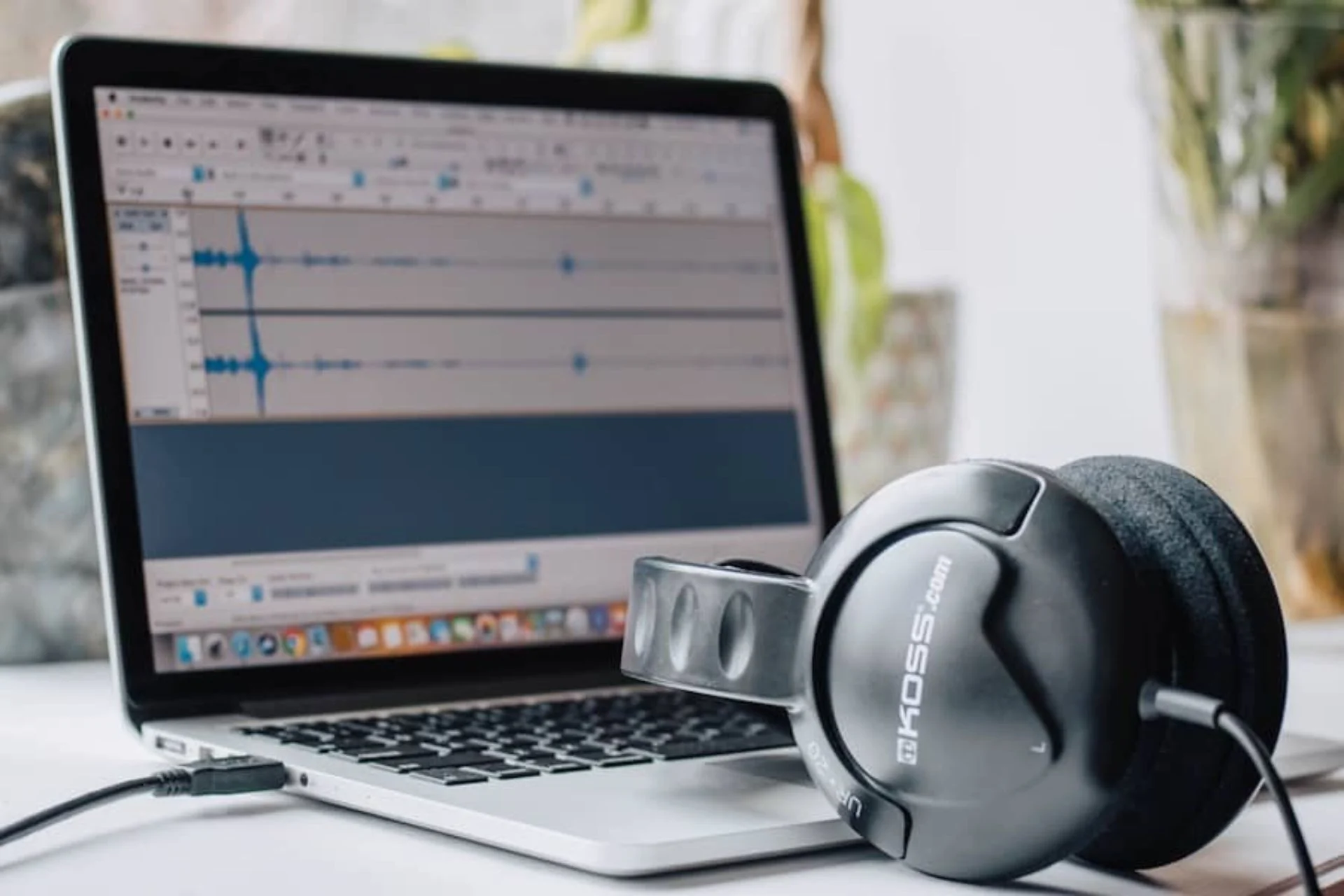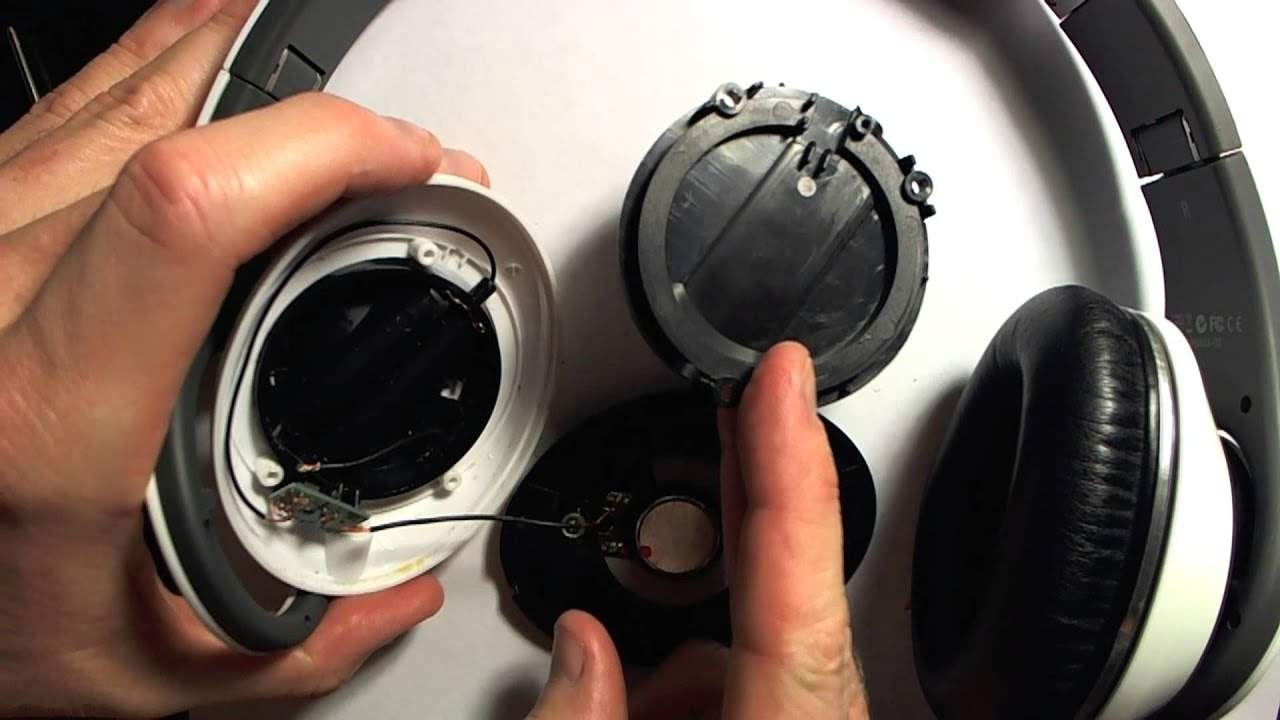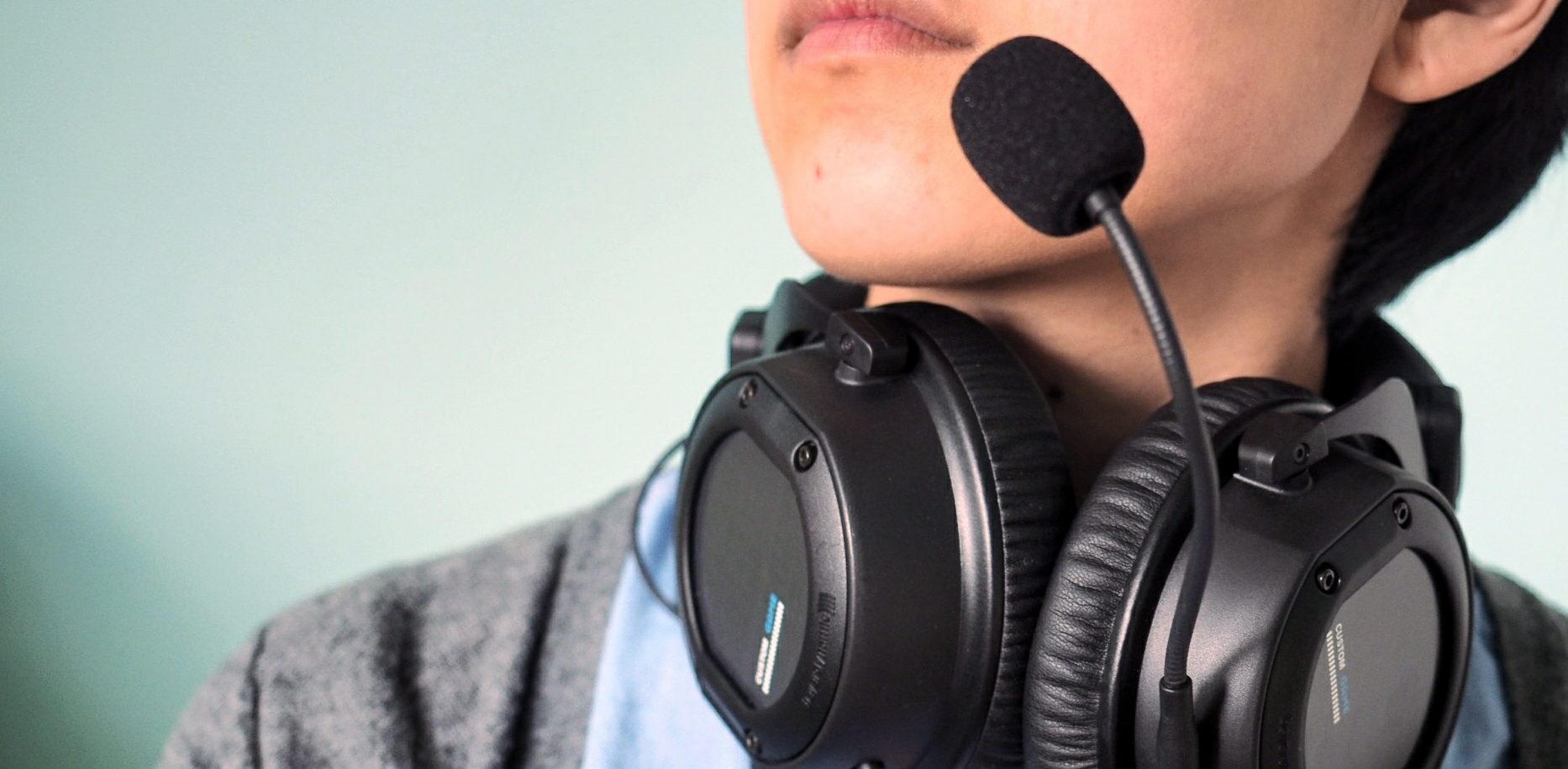Introduction
Maintaining the pristine condition of your headset microphone is crucial for ensuring optimal performance and longevity. Whether you're a professional gamer, a remote worker, or a music enthusiast, a clean headset microphone is essential for clear communication and high-quality audio recordings.
A headset microphone is a vital tool for anyone who relies on clear and uninterrupted communication. Whether you're engaging in virtual meetings, gaming with friends, or recording podcasts, the last thing you want is for your microphone to pick up unwanted background noise or produce muffled audio. Regularly cleaning your headset microphone can help prevent these issues and ensure that your voice is transmitted clearly and accurately.
In addition to preserving the audio quality, proper maintenance of your headset microphone can also contribute to a more hygienic and pleasant user experience. Over time, dust, dirt, and bacteria can accumulate on the microphone, potentially leading to unpleasant odors and unsanitary conditions. By incorporating regular cleaning into your headset maintenance routine, you can mitigate these concerns and ensure a more comfortable and enjoyable user experience.
Furthermore, maintaining a clean headset microphone can help extend its lifespan, saving you from the inconvenience and expense of premature replacement. By preventing the buildup of debris and contaminants, you can protect the delicate components of the microphone and sustain its functionality over time.
In the following sections, we will delve into the importance of cleaning your headset microphone and explore proper cleaning techniques to help you maintain optimal performance and hygiene. Additionally, we will highlight common mistakes to avoid when cleaning your headset microphone, empowering you to preserve its functionality and audio quality effectively.
Why is it important to clean your headset microphone?
Regularly cleaning your headset microphone is essential for preserving its functionality, ensuring optimal audio quality, and promoting a hygienic user experience. Here are several reasons why maintaining a clean headset microphone is crucial:
-
Audio Quality: Over time, dust, dirt, and other particles can accumulate on the microphone's surface and within its components. This buildup can compromise the microphone's ability to capture clear and accurate sound, resulting in muffled or distorted audio. By regularly cleaning the microphone, you can prevent the accumulation of debris and ensure that it continues to capture your voice with clarity and precision.
-
Preventing Unwanted Noise: A dirty microphone is more likely to pick up unwanted background noise, such as static, crackling, or wind interference. This can detract from the overall audio quality and disrupt communication during virtual meetings, gaming sessions, or recordings. By keeping the microphone clean, you can minimize the risk of unwanted noise and maintain a clear and uninterrupted audio experience.
-
Hygiene: Headset microphones come into close contact with the user's mouth and breath, making them susceptible to the accumulation of bacteria and odors over time. Regular cleaning can help mitigate these hygiene concerns, ensuring a more pleasant and sanitary user experience. By removing bacteria and preventing the buildup of unpleasant odors, you can enhance the overall comfort and cleanliness of using the headset microphone.
-
Longevity: Proper maintenance, including regular cleaning, can contribute to the longevity of your headset microphone. By preventing the accumulation of debris and contaminants, you can protect the microphone's delicate components and extend its lifespan. This can save you from the inconvenience and expense of premature replacement, allowing you to continue enjoying clear and reliable audio for an extended period.
In summary, cleaning your headset microphone is essential for maintaining optimal audio quality, preventing unwanted noise, promoting hygiene, and extending the lifespan of the device. By incorporating regular cleaning into your maintenance routine, you can ensure that your headset microphone continues to deliver clear, high-quality audio while providing a more comfortable and hygienic user experience.
Proper cleaning techniques for headset microphones
When it comes to cleaning your headset microphone, employing the right techniques is essential to ensure thorough cleaning without causing damage to the delicate components. Here are the proper cleaning techniques to maintain the optimal performance and hygiene of your headset microphone:
-
Unplug the microphone: Before initiating the cleaning process, it's crucial to unplug the microphone from the device it's connected to. This prevents any accidental damage to the device and ensures a safer cleaning process.
-
Use a soft, dry cloth: Begin by gently wiping the exterior of the microphone with a soft, dry cloth to remove any surface dust, dirt, or smudges. Avoid using abrasive materials or harsh chemicals, as these can potentially damage the microphone's finish.
-
Utilize a microfiber brush: For more thorough cleaning, consider using a small, soft-bristled microfiber brush to carefully remove debris from the microphone's grille and crevices. This can help dislodge any trapped particles without causing damage to the microphone's sensitive components.
-
Disinfecting with a mild solution: To maintain hygiene, lightly dampen a cloth with a mild disinfectant solution and gently wipe the microphone's surfaces. Be cautious not to allow any liquid to seep into the microphone's openings, as this can lead to internal damage.
-
Air drying: After cleaning, allow the microphone to air dry completely before reconnecting it. This helps to ensure that no moisture remains trapped within the microphone, preventing potential damage and maintaining hygiene.
-
Replace windscreen or pop filter: If your headset microphone is equipped with a removable windscreen or pop filter, make sure to clean or replace it regularly. These accessories can accumulate debris and bacteria, impacting both audio quality and hygiene.
By following these proper cleaning techniques, you can effectively maintain the performance and hygiene of your headset microphone, ensuring that it continues to deliver clear and high-quality audio while providing a more comfortable and sanitary user experience. Regular cleaning, when performed correctly, can contribute to the longevity of your headset microphone, allowing you to enjoy its benefits for an extended period.
Common mistakes to avoid when cleaning your headset microphone
Properly cleaning a headset microphone is essential for maintaining its functionality and audio quality. However, certain common mistakes can inadvertently lead to damage or ineffective cleaning. By being aware of these pitfalls, you can ensure that your cleaning efforts yield positive results without causing harm to the microphone. Here are some common mistakes to avoid when cleaning your headset microphone:
-
Using harsh chemicals: One of the most common mistakes is using harsh chemicals or cleaning agents to wipe the microphone. These substances can damage the microphone's delicate components, leading to malfunctions or reduced audio quality. It's crucial to use mild, non-abrasive cleaning solutions and avoid applying excessive pressure during the cleaning process.
-
Neglecting the windscreen or pop filter: Many headset microphones feature a removable windscreen or pop filter designed to reduce plosive sounds and protect the microphone's capsule. Neglecting to clean or replace these accessories can result in the accumulation of debris and bacteria, impacting both audio quality and hygiene. Regularly cleaning or replacing the windscreen or pop filter is essential for maintaining optimal microphone performance.
-
Skipping the unplugging step: Failing to unplug the microphone before cleaning can pose a risk of electrical damage or short circuits. Always remember to disconnect the microphone from the device it's connected to before initiating the cleaning process. This simple step can prevent potential harm to both the microphone and the connected device.
-
Using excessive moisture: Applying excessive moisture during the cleaning process can lead to water seeping into the microphone's openings, potentially causing internal damage. It's important to use only a lightly dampened cloth when disinfecting the microphone and to ensure thorough air drying before reconnecting it.
-
Neglecting internal cleaning: While external cleaning is crucial, neglecting internal cleaning can lead to the accumulation of debris and contaminants within the microphone, affecting its performance. If your headset microphone allows for disassembly, following the manufacturer's guidelines for internal cleaning can help maintain its functionality.
By avoiding these common mistakes and adhering to proper cleaning techniques, you can effectively preserve the functionality, audio quality, and hygiene of your headset microphone. Regular and careful cleaning not only ensures optimal performance but also contributes to a more pleasant and sanitary user experience.
Conclusion
In conclusion, maintaining a clean headset microphone is paramount for ensuring optimal audio quality, preventing unwanted noise, promoting hygiene, and extending the device's lifespan. By incorporating regular cleaning into your maintenance routine and employing proper cleaning techniques, you can effectively preserve the functionality and hygiene of your headset microphone.
Proper cleaning techniques, such as using a soft, dry cloth, a microfiber brush, and a mild disinfectant solution, enable you to remove debris and bacteria without compromising the microphone's delicate components. Additionally, replacing or cleaning the windscreen or pop filter contributes to both audio quality and hygiene, enhancing the overall user experience.
By avoiding common mistakes, including the use of harsh chemicals, neglecting internal cleaning, and applying excessive moisture, you can safeguard the microphone from damage while maintaining its performance and cleanliness. Remembering to unplug the microphone before cleaning and ensuring thorough air drying further contribute to a safe and effective cleaning process.
Ultimately, a clean headset microphone not only delivers clear and high-quality audio but also provides a more comfortable and sanitary user experience. Whether you're engaging in professional communications, gaming, or content creation, a well-maintained microphone enhances your overall experience and ensures that your voice is accurately and clearly transmitted.
By recognizing the importance of cleaning your headset microphone and implementing the proper maintenance practices outlined in this article, you can enjoy the benefits of a reliable, hygienic, and long-lasting audio device. Regular cleaning not only preserves the microphone's functionality but also contributes to a more enjoyable and seamless user experience, allowing you to fully leverage the capabilities of your headset microphone for various activities and endeavors.









